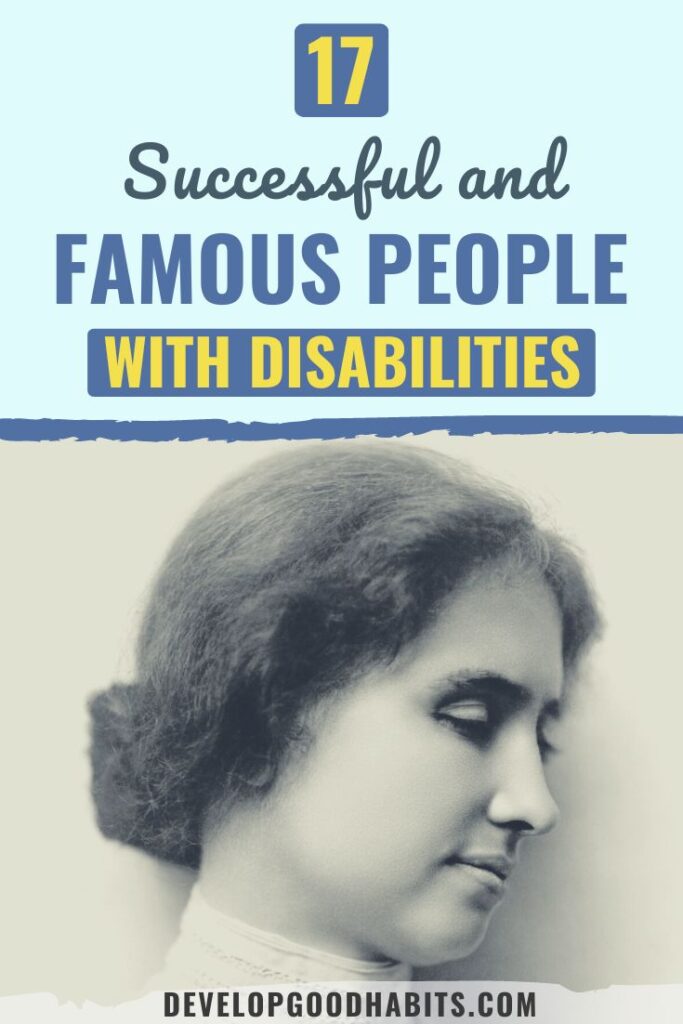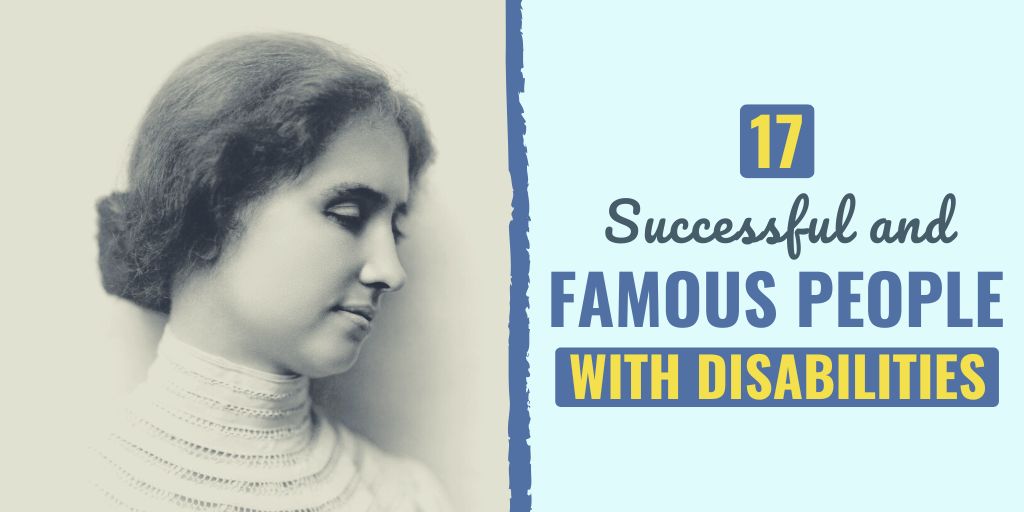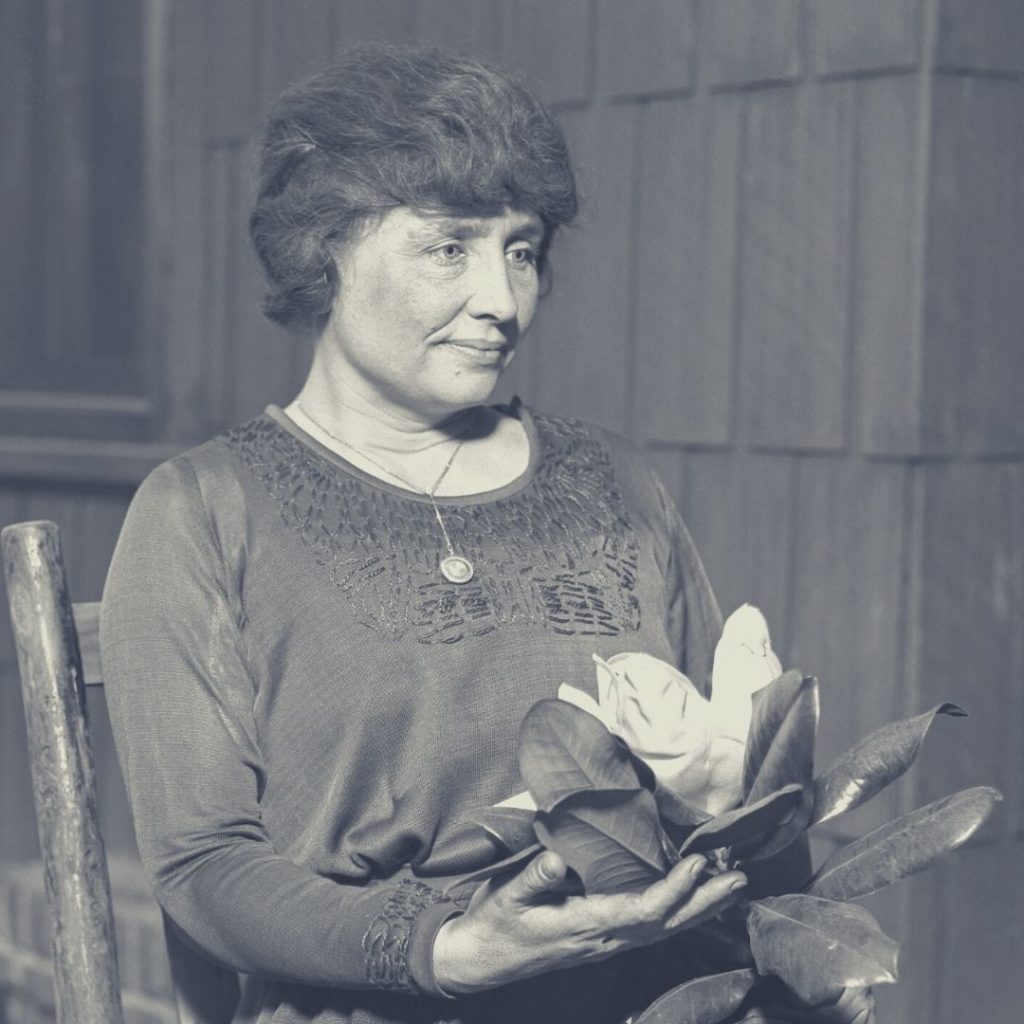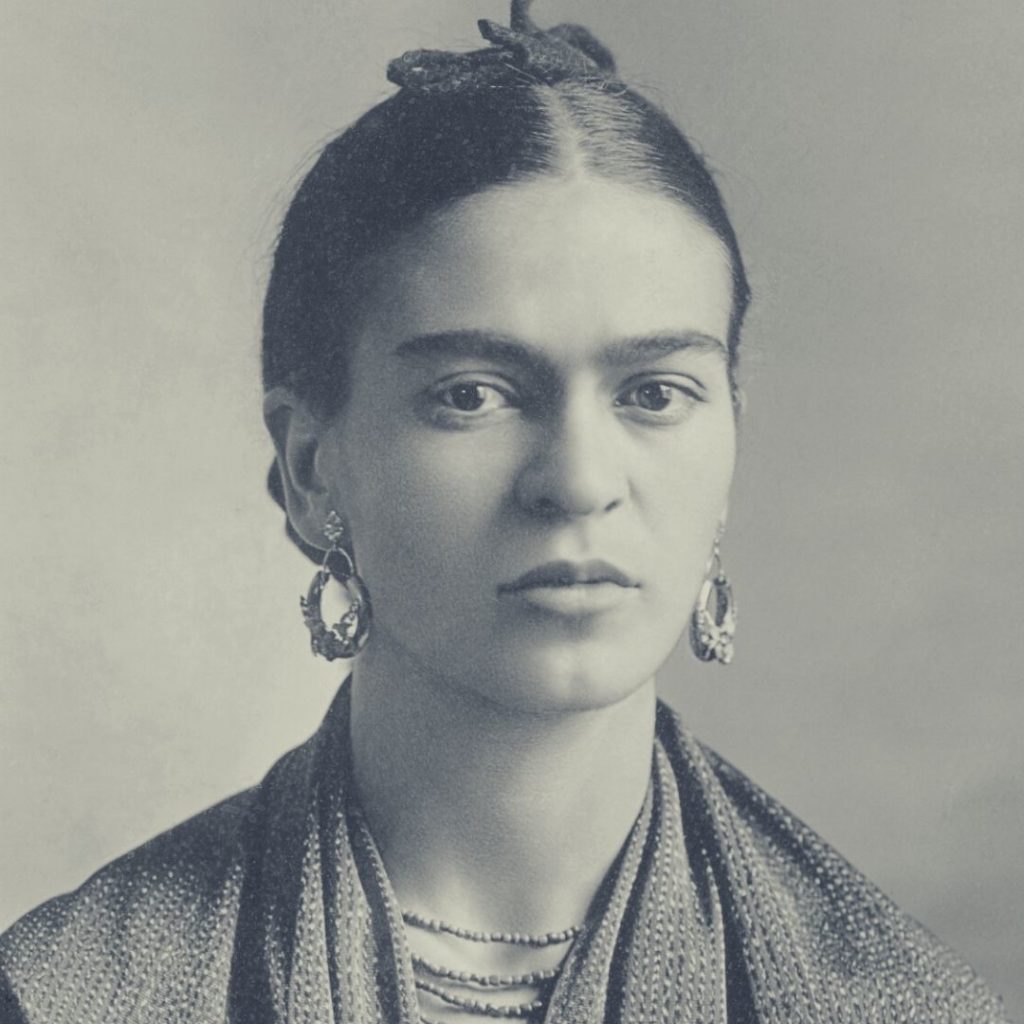There might be affiliate links on this page, which means we get a small commission of anything you buy. As an Amazon Associate we earn from qualifying purchases. Please do your own research before making any online purchase.
As a social worker, one of the central concepts that defines my job is self-determination. This concept encompasses the fact that people are qualified to be their own best resource in making choices about their lives.
Working with this ethical responsibility in mind, social workers are offered a framework to guide our work with the variety of populations that we serve.
The concept of self-determination is meant to be empowering for clients. We offer people the tools to get what they need, but it’s up to them to use those tools effectively and ultimately take the necessary actions to get what they want out of life.
In order to take self-determined actions, you need to understand yourself–your strengths, weaknesses, opportunities, and threats. Having self-awareness helps you develop meaningful goals for your life and guide you in making the best decisions to serve your needs.
And as you know, living in line with your values gives you a sense of purpose, boosts your self-esteem, and offers the strength that you need some days to persevere when you’re faced with inevitable challenges.
When it comes to people who have disabilities, public attitudes can crush self-determination and confidence. These negative attitudes can reduce the empowerment that self-determination offers–with studies showing that 25% of people who have a disability believe their communities expect less from them because of it.
It is often these negative attitudes that impede the success of people with disabilities more than any mental or physical impairment that they have.
However, as the leaders and success stories laid out in this article will show, these negative attitudes are outdated and there are many high achievers out there who struggle with various types of disabilities.
Let’s take a look.
17 Successful and Famous People with Disabilities
1. Helen Keller
Disability: deaf and blind
Achievements: author, disability rights advocate, political activist and lecturer
Helen Keller is one of the most well known figures of the 20th century who inspired future generations of those with disabilities to live their lives to the fullest. When she was just 19 months old, Keller lost her sight and hearing as a result of an illness, which is thought to have been either rubella or scarlet fever.
But with the help of her teacher, Anne Sullivan, Helen Keller learned to spell and went on to become a famous author, composing nearly 500 speeches and essays on a wide variety of topics. She was the first deadblind person to earn a Bachelor of Arts.
Keller was an early member of the American Civil Liberties Union and a well known advocate for the rights of workers and people with disabilities. She used her writing skills to fight for issues she was passionate about such as women’s suffrage and the U.S. involvement in World War I.
Due to her tireless advocacy and confident activism, Helen Keller created many new opportunities for people living with disabilities.
As a pioneer who continues to inspire people to this day, Helen Keller’s work has helped change public attitudes about the capabilities of those who are limited by visual impairments.
Because she fought for progressive legal changes, people with disabilities have been able to integrate themselves more fluidly into mainstream education and employment.
2. Steven Hawking
Disability: amyotrophic lateral sclerosis (ALS)
Achievements: theoretical physicist, cosmologist, author, and director of research at the Centre for Theoretical Cosmology at the University of Cambridge; recipient of various prizes, awards, and medals
Given a diagnosis of ALS at the age of 21, Steven Hawking was given two years to live. However, for 55 more years, Hawking navigated through his life using a voice synthesizer and a power wheelchair to become a scientist, theoretical physicist, astrophysicist, and director of research at the Centre for Theoretical Cosmology at the University of Cambridge.
Hawking is widely recognized due to his numerous appearances in the media and his battle against ALF. However, he is also well known for his pioneering work and groundbreaking theories in physics and science, with a special passion for studying black holes.
Steven Hawking continued with his career right up until his death at 76, completing his final research soon before dying peacefully in his home. He lives on through his research and his story will continue to be told in the film created about his work, “The Theory of Everything.”
3. Nick Vujicic
Disability: tetra-amelia syndrome
Achievements: preacher and motivational speaker
Nick Vujicic is an Australian American motivational speaker who was born with tetra-amelia syndrome, which is an extremely rare congenital disorder that causes a child to be born without any limbs. This disease is usually terminal for infants, but Nick survived the odds.
Born in 1982, Nick was bullied as a child, which led to a deep depression and thoughts of suicide. However, Nick grew into an empowered adult who turned his disability into a positive force for the world once he recognized his own potential.
Nick is an evangelist who has become the founder of an international non-profit ministry, Life Without Limbs. As a motivational speaker, actor, writer, and father of four, he has already accomplished at a young age more than many achieve in a lifetime.
4. Christopher Reeve
Disability: paralysis from the neck down
Achievements: actor and advocate for people with spinal cord injuries
While actor Christopher Reeve once portrayed Superman on the big screen, an equestrian accident left him with a spinal cord injury that resulted in quadriplegia and a dependence on a portable ventilator to breathe.
While many would have given up after such an accident, Reeve pushed through the hardship and continued on with his success.
Following this tragic accident, Reeve continued acting and directing movies while he began advocating for people living with spinal cord injuries.
Through his foundation, Christopher matched a well known human face with spinal cord injury to increase awareness, and also motivated neuroscientists worldwide to research and fight back against one of the most complex brain and central nervous system disorders.
5. Frida Kahlo
Disability: multiple disabilities including childhood polio and permanent spinal and pelvis damage following a car accident
Achievements: artist and winner of the National Prize of Arts and Sciences by the Ministry of Public Education
Frida Kahlo was a Mexican painter who is greatly recognized for her self-portraits, paintings inspired by Mexican artifacts and pop culture, and her involvement with the post-revolutionary movement aimed at defining a Mexican identity.
Kahlo frequently painted works depicting her chronic pain due to disease and injury, which left her disabled for most of her life.
After suffering from polio at the age of six, Kahlo’s spinal problems were aggravated when she was impaled through her abdomen in a bus accident, leaving her to struggle with physical disabilities for the rest of her life.
And although she spent much of her life in bed trying to manage severe pain, Kahlo not only became one of the most well known artists to date, but also an icon of the twentieth century.
Kahlo fought through the repercussions of her polio diagnosis by going against societal norms and playing sports in an attempt to regain her strength.
Posthumously, she is regarded as a symbol for a minority who was crippled and victimized, but fought back to ultimately become a hero who now serves to inspire those who are fighting their own struggles today to find their voice.
6. Ludwig van Beethoven
Disability: deafness
Achievements: among the most influential composers of the Western classical tradition
Beethoven found success at a young age, giving his first public performance at the age of 8. He went on to become one of the most famous composers and pianists of all time.
By age 20, Beethoven had gained worldwide fame, but he started losing his hearing just 8 years later. However, he continued with his music career, despite his growing inability to hear. Immersing himself in his music, Beethoven hit many milestones during his life, making music that is still popular today.
Modern doctors have published papers on the potential causes of Beethoven’s deafness, but whether it was due to lead poisoning or an autoimmune disorder, it didn’t stop him from achieving success.
7. John Nash
Disability: Paranoid Schizophrenia
Achievements: influential mathematician who made significant contributions to the study of differential geometry, partial differential equations, and game theory
Mathematician John Nash made significant contributions to the studies of differential geometry and partial differential equations during his lifetime–which changed the way other researchers look at complex systems.
He is the only person in history who has won a Nobel Memorial Prize in Economic Sciences and the Abel Prize, and his theories are often used in economics today.
Prior to his great success in his career when he was just in his 30s, Nash spent many years away from academia as he was being treated in a variety of psychiatric hospitals for schizophrenia.
His condition improved with age and he went on to be a Senior Research Mathematician at Princeton. His struggles with his mental illness and recovery were later depicted in the film A Beautiful Mind.
8. Christy Brown
Disability: cerebral palsy and near total paralysis
Achievements: famous writer and painter
Christy Brown was a writer and painter from Dublin who wrote the famous book, My Left Foot. Born in 1932, doctors found that he suffered from severe cerebral palsy at birth, which took away his control of his limbs, with the exception of his left leg.
During Brown's adolescence, he explored books and painting materials, developing an interest and talent in the arts and literature.
Christy learned to write and draw using only his left foot and grew into a serious artist. Brown was also a natural novelist, leading him to publish his famous autobiography, which offered his account of his everyday struggle with life in the busy culture of Dublin.
Brown was presented with a challenge at birth that he turned into a strength. He developed great dexterity in his left foot that later made him famous for following his passion.
9. Marla Runyan
Disability: Stargardt’s Disease (macular degeneration)
Achievements: two-time Olympian and holder of many awards and records in track and field
Marla Runyan has been legally blind since childhood, but that didn’t stop her from becoming a successful Olympic track and field athlete and marathon runner. When she was just 9 years old, she developed a form of macular degeneration that slowly degenerated her vision.
Runyan earned a master’s degree in communicative disorders in 1994, which helped her understand new ways to communicate with people despite her disability.
Runyan first qualified for the US Olympic track and field team in 1996, and while she didn’t make it on to the team that year, she did win a second gold medal in the Paralympics. In 2000 she qualified again for the Olympic team, and this time she was brought on for the 1500-meter event and returned to compete again in 2004.
While Runyan’s vision continues to worsen with time, she has continued with her success and even completed an autobiography about her journey. She is now a teacher and Ambassador for the Perkins School for the Blind and a coach at Northeastern University.
10. Michael J. Fox
Disability: Parkinson’s Disease
Achievements: actor, author, film producer, and activist
Michael J. Fox is one of the most recognizable celebrities who hasn’t let their disability stop them from being successful. The “Back to the Future” star was diagnosed with Parkinson’s at the young age of 29 when he was at the height of fame.
While he was advised to step down from being an actor, Michael J. Fox decided to take a proactive role in his life and continue with his career. He has carried his positive spirit for over 30 years now and he has led a foundation that has raised $233 million for Parkinson's disease research.
11. Mark Pollock
Disability: blindness and paraplegia
Achievements: endurance athlete, motivational speaker, explorer, and author
Mark Pollock is a former athlete and current motivational speaker, author, and researcher from Ireland. At the age of 22, Pollock lost his eyesight, but later went on to be the first blind man to complete the race to the South Pole.
While he initially wasn’t sure how to move forward with life given the onset of his disability at such a young age, he soon uncovered his purpose in life and decided that his disability wasn’t going to define him.
After enrolling in a course to help him come to terms with his disability, Pollock began racing in unorthodox places like deserts, mountains, and across oceans before racing for over 43 days in a three-man team to the South Pole.
Pollock wrote a book detailing his struggle with being blind and his effort to rebuild his life, including running numerous marathons, building his own business, and becoming a worldwide public speaker.
Then in 2010, Pollock was involved in a tragic fall, leaving him paralyzed and testing his ability to once again live the lessons that he taught to so many people.
When faced with the choice of allowing his disability to define him or continuing with his fight, he chose the latter, and today, Pollock is actively working with innovators in science and technology to uncover a cure for paralysis.
12. Franklin Roosevelt
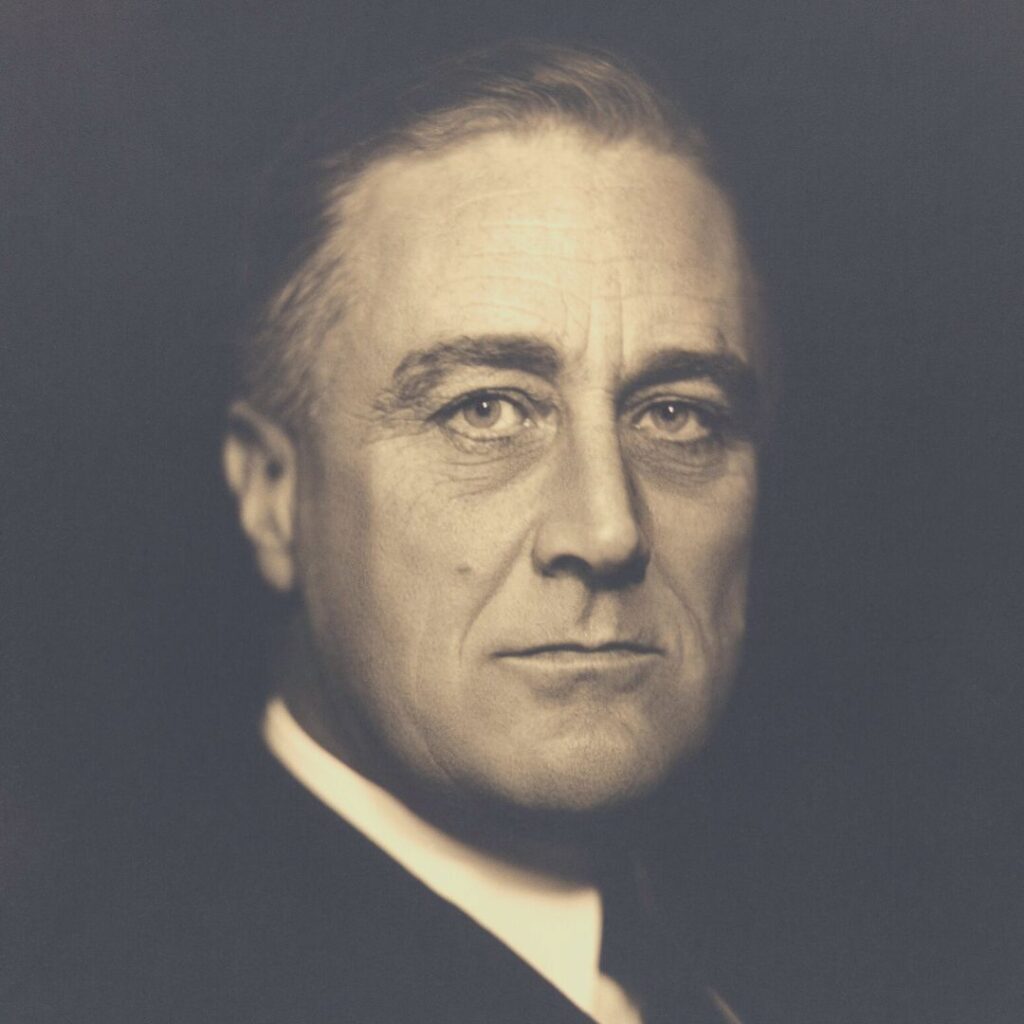
Disability: Polio and paralysis
Achievements: 32nd United States President, mental and physical health advocate
Before becoming the President of the U.S., Franklin Roosevelt was born in Hyde Park, New York, in 1882. At age 39, Mr. Roosevelt contracted Poliomyelitis (Polio), which caused him to be paralyzed.
But, there was no vaccine for the disease at that time, and unfortunately didn't become available until 1955, ten years after his death. Because of the disease, Mr. Roosevelt lost the use of his legs. Still, it didn't hinder him from holding the highest political office in the nation.
With the help of his staff, family, and the press, the former President could hide his disability from the public, even hiding his wheelchair with cloaks and blankets.
While in office, President Roosevelt was a prominent advocate for polio research and founded the National Foundation of Infantile Paralysis, later known as the March of Dimes (which also supports preventing and treating infant mortality and birth defects).
13. Stevie Wonder
Disability: Blind and loss of smell
Achievements: Professional American singer and songwriter. Known for singing soul, funk, jazz, rhythm and blues, pop, and gospel. Winner of 21 Grammy Awards.
Stevie Wonder was born in Saginaw, Michigan, in 1950. He was born 6 weeks premature with a condition called retinopathy of prematurity, which caused him to be born blind. Yet, even with a life of disability, Stevie was an excellent pioneer and innovative specialist in the music world.
Wonder's first #1 hit was “Fingertips – Part 2” (the first LIVE pop single to reach the top of the charts). His songs topped the R&B and Pop Music charts in 1963 when he was 12.
In 1973, Stevie lost his sense of smell due to an automobile accident while traveling through North Carolina. The crash also left him scarred.
Wonder was the youngest person at the time (38 years old) to be inducted into the Rock and Roll Hall of Fame. And despite his disabilities, Stevie is one of the most decorated music artists ever.
In his Academy Award acceptance speech in 1984 for best song, he dedicated his award to civil rights leader Nelson Mandela who was in prison at the time. As a result, the South African government banned Stevie's music from the country.
A famous quote from Stevie is, “Just because a man lacks the use of his eyes doesn't mean he lacks vision.”
14. Ray Charles
Disability: Juvenile glaucoma, blindness, temporary hearing loss
Achievements: Influential and iconic American singer, songwriter, pianist, and saxophonist.
Charles wasn't born blind but gradually lost sight by age four because of a diagnosis of juvenile glaucoma. When he was feeling sorry for himself for being disabled, his mother had no patience for it. Instead, she encouraged him to understand that even though he could not see, he could still use his mind.
This made him determined to reject the thought of blindness as a hindrance to the life he could live. So, at age seven, Charles was sent to the Florida School for the Deaf and Blind in St. Augustine, Florida.
While at the school, Ray learned sign language, braille for communicating, and musical braille. Later after becoming a musical mega-star, Ray experienced temporary hearing loss from a chronic ear issue.
So, he incorporated the Robinson Foundation of Hearing Disorders in 1986. The foundation helped low-income patients receive hearing implants and provided funding to help improve research for solutions for hearing problems.
Like other famous people with impediments, Ray Charles was dedicated to living a life where his disabilities did not hold him back. In 1994, he received the Helen Keller Personal Achievement Award for those who worked to improve the lives of others with disabilities.
15. Daniel Radcliffe
Disability: Dyspraxia
Achievements: English Actor, winner of many awards and nominations
Daniel Radcliffe was born in 1989 in Hammersmith, London, England. Radcliffe began acting at the age of 10. He later received his claim to fame at the age of twelve when he began starring in the role of Harry Potter.
In 2008, it came to light that the actor was living with a case of dyspraxia. This neurological disorder is known to hinder a person's motor skills. This disability makes it challenging to complete simple tasks throughout the home and even hinder a person from being able to tie their shoes.
When asked about living with dyspraxia, Radcliffe had this to say, “it has never held me back, and some of the smartest people I know are people who have learning disabilities.
The fact that some things are more of a struggle will only make you more determined, harder working, and more imaginative in the solutions you find to problems.” He would motivate others with dyspraxia by saying, “Do not let it stop you.”
Radcliffe is also a Hero Award winner for his philanthropic work outside of acting and has contributed to many charities, including the Demelza Hospice Care for Children. The organization provides children with palliative, respite, children’s hospice, and bereavement care for young adults, children, and their family members.
16. Tom Cruise
Disability: Dyslexia
Achievements: Award Winning American Actor and Producer, one of the highest-paid movie stars of all time
Tom Cruise was born in Syracuse, New York, in 1963. Throughout his childhood, Cruise tried to hide his dyslexia from his classmates. He had issues reading in high school and throughout his earliest acting role at age 19. Tom even described himself as a “functional illiterate.”
As Cruise embraced his desire to act, he realized that his reading disability would hold him back if he didn't work hard. “I had to train myself to focus my attention. I became very visual and learned how to create mental images in order to comprehend what I read,” the actor said.
Nevertheless, he refused to let dyslexia stop him from having an elite-level acting career. As a result of his commitment to pushing past his disability, Entertainment Weekly voted him the 31st Greatest Movie Star of all time.
17. Justin Timberlake
Disability: ADHD (Attention-deficit hyperactivity disorder) and OCD (Obsessive Compulsive Disorder)
Achievements: Multi-Award-winning singer, musician, songwriter, actor, producer, and entrepreneur
Justin Timberlake was born in 1982 in Memphis, Tennessee. Despite his disabilities, Timberlake co-starred in the “All New Mickey Mouse Club” by Disney at a young age.
Despite being bullied throughout the years because he was different, Timberlake refused to allow his problems to derail his dreams. His parents encouraged and taught him, “Everybody puts their pants on the same way every morning.”
Timberlake had been diagnosed with ADHD and OCD. He has described living with these issues as “complicated.” These anxiety disorders give strong impulses to carry specific ideas and unwelcome thoughts that force a person to commit certain irrational acts.
Brain training and medication help to keep his condition at bay. As a result, he can control his obsession with every object being perfectly aligned and refrain from spending countless hours straightening items or having certain foods in the refrigerator.
At age 14, Justin joined the singing group NSYNC. The group was thrust into stardom after releasing their second album, “No Strings Attached.” After the group's success, in 2002, Justin went solo, and his popularity took off. Even with disabilities, Justin has won 6 Grammy Awards.
Over the years, Justin has become an advocate for the Children's Miracle Network. Helping them raise awareness and funding for local children's hospitals to advocate for the best care for kids nationwide.
Final Thoughts on Famous People with Disabilities
People with disabilities who go on to achieve great success are those who accept their disability as just one part of who they are without letting it define them. With perseverance and passion, these people have ultimately come out on top.
With the same attitude, you can overcome any challenges that you’re facing. Simply take responsibility for your happiness and your future and do your best to work toward your strengths.
To see more inspiring stories, be sure to check out these other articles:
- 9 Successful People with Dyslexia
- 45 Famous Failures Who Became Successful People
- 11 Inspiring Famous People with Autism Spectrum Disorder
- 9 Successful People with Obsessive-Compulsive Disorder (OCD)
Finally, if you want to take your goal-setting efforts to the next level, check out this FREE printable worksheet and a step-by-step process that will help you set effective SMART goals.

Connie Mathers is a professional editor and freelance writer. She holds a Bachelor's Degree in Marketing and a Master’s Degree in Social Work. When she is not writing, Connie is either spending time with her daughter and two dogs, running, or working at her full-time job as a social worker in Richmond, VA.
